so-strom
The context
The Austrian province of Styria has set an ambitious goal for 2025. According to the Energy Strategy 2025 of Styria, the province plans to accommodate 34% of its energy needs via renewable energy sources, mostly via biomass and water power.
The challenge is however, that according to the Austrian Ministry of Climate Action and Energy, Styria was highlighted as being one of the largest consumers of fossil energy in Austria,in 2020. Faced with such a reality, ambitious communities in the region are now striving to change this pattern and work towards climate neutrality.
One of such determined communities is so-strom.
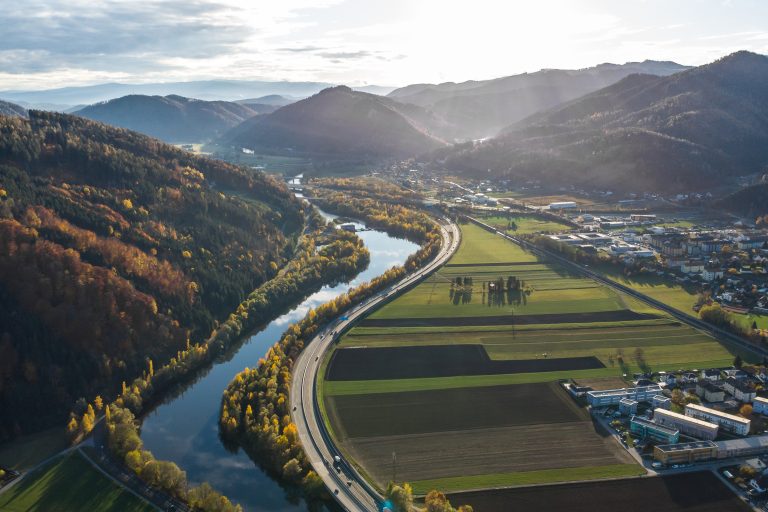
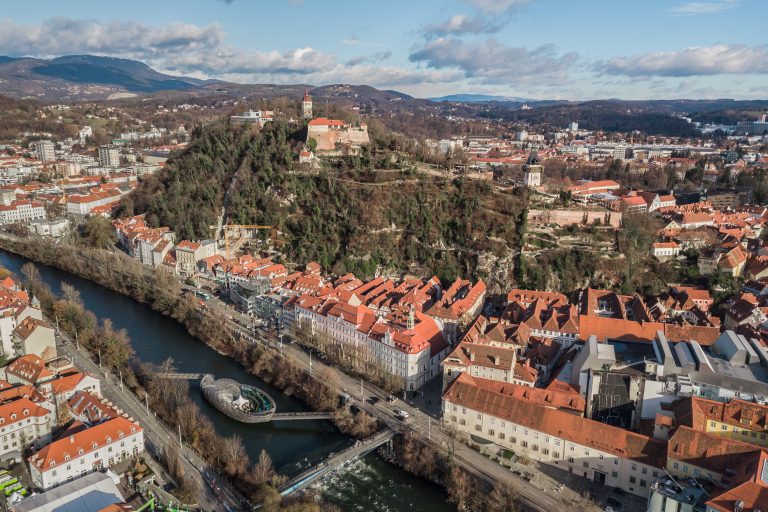
So-strom
Located on the outskirts of Graz in Styria, so-strom is both an energy community as well as an energy community facilitator, producing and sharing energy within the neighborhood. A group of ten individuals established the community as an association that functions as an energy community. Their initial interest lay in sharing energy with their neighbors, in the same way that the local farmer would provide eggs to the local community. Today, so-strom continues to build their community and establish a network of knowledge and exchange in the region.
How the energy community was formed
It all started when Markus Schlagbauer, the founding member of the so-strom energy community, simply became interested in the topic. He relays that he wanted to simply have locally produced energy from the neighborhood, so he set up his own system on his rooftop.
This process is a common theme in many energy communities, where members start with a small step, then build upon it.
In similar fashion, Markus developed a desire to share the production process with his neighbors, so he began visiting door to door and promoting the idea. His efforts resulted in an increase in curiosity about renewable energy production in the neighborhood.
Three weeks after hosting the first information evening, where the energy communities concept and model was presented to the attendees and they were offered the opportunity to join, the so-strom association was established, with funding coming from FFG (The Austrian Research Promotion Agency).
A democratic process was held in which ten individuals, who wanted to be part of the community, came together and decided on the framework. This included deciding on the yearly participation rate and the cost of energy.
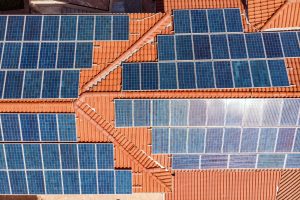
So-strom consists of private households in the neighborhood; there are no companies as members. Moreover, the community is diverse, with people from different backgrounds and professions, bringing their own expertise into the mix. Everyone is welcome to join, with the sole limitation being placed on the total size of the association before the requirement to set it up as a foundation. In order to govern the community, a board was set up with three positions, chair, treasurer and the secretary. The board meets approximately every six weeks, which coincides with whenever decisions are made. The process is quite democratic and transparent, with the legal framework of Austria providing clear guidelines on what an energy community can or can’t do. Reaching decisions on the cost of energy use, searching for new members and voting on the next set of activities or agenda is part of the process.
Engaging the community
Energy communities not only provide alternative means of energy production, but also function as centers that bring the community together. Acting as a community point is also one of the core principles for so-strom. The organization frequently organizes get-togethers such as barbecues and evenings, to serve as events that help community members know each other better. The association also produces a newsletter to share updates and developments with local citizens.

Financially speaking, members are required to pay the fees for the Austrian electricity network, and the rest of their expenses consist of the costs of the energy association. This brings members around 50 euros per year in savings, which goes to show that being part of the community is more than just saving on energy costs. Citizens truly want to be part of the community, and see the value of co-production. While support for establishing an energy community comes from the municipality, it is crucial to emphasize that the community is by the people and for the people to govern. Unsteady energy prices, climate change and uncertain political and social conditions all contribute to people wanting to be part of such communities
Let's talk numbers
Everyone wishing to join the so-strom energy community is required to pay a yearly membership fee, which covers the operational costs of the association. As an example, a household with a need for 3.000 kilowatt hours of electricity per year, would pay an estimated 1000 euros for this. If for instance, they were to obtain 40% of their electricity from the community, they would then be required to pay 350 euros for the electricity costs, back into the community.
Then there’s the issue of local funding and support. In order to obtain funding for the community, the organization had to be set up as a company, which is also what so-strom did. This allowed them to operate both as an energy community, and as a company that helps facilitate other energy communities.
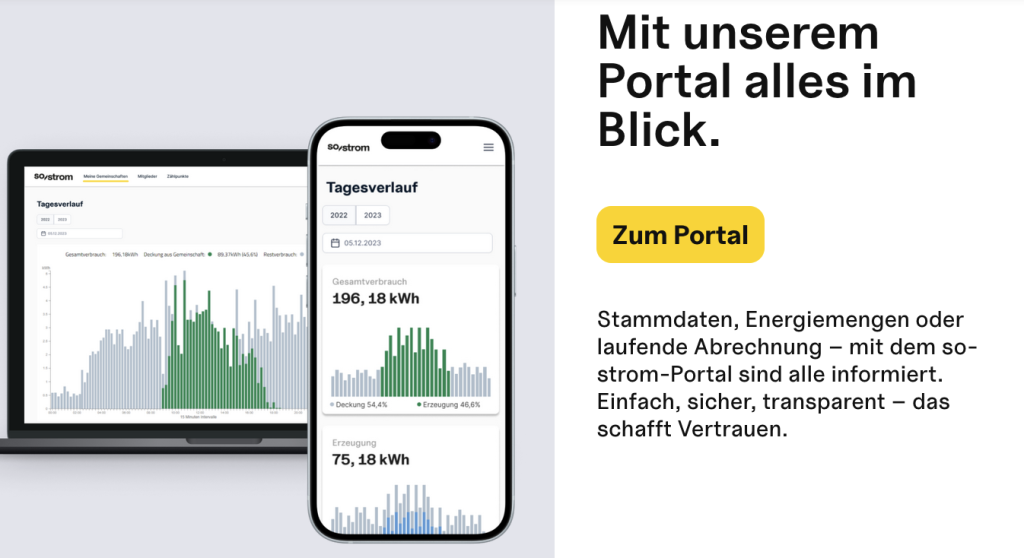
Markus explains that he built up an energy community while simultaneously establishing a company to facilitate similar communities. The positive legal framework in Austria promotes the establishment of such communities and Markus wanted to help others wishing to make use of the statutes and available support.
The process they’ve experienced has helped so-strom obtain critical knowhow on the preparedness of energy companies. They’ve realized that smaller companies have proved easier to work with, due to faster knowledge exchange and opportunities for cooperation. However, as energy communities become more common, larger energy providers will have to adjust to their needs.
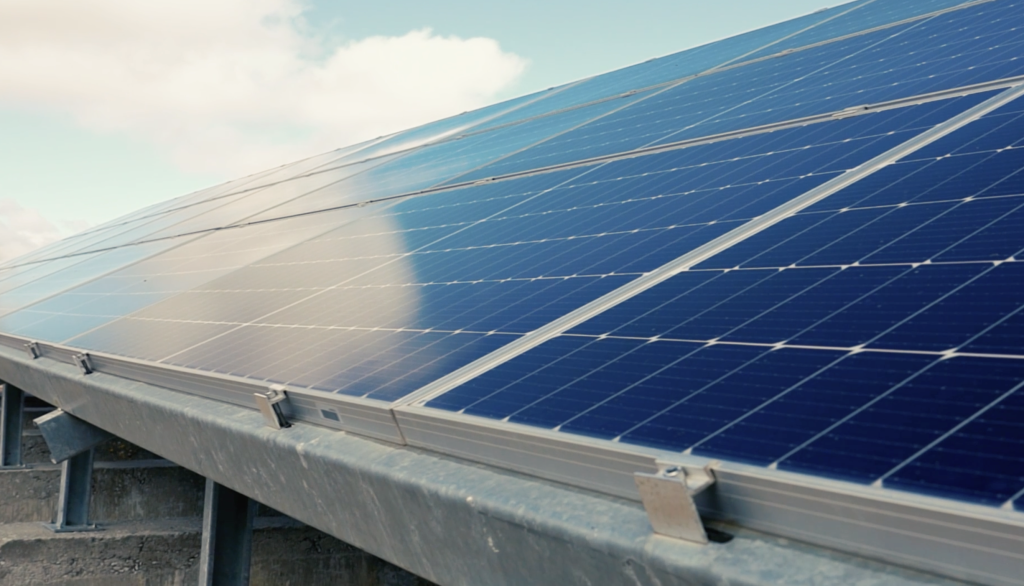
Energy communities cannot fully operate off-grid, given that by law, they are not allowed to compete with energy corporations. Like most energy communities, so-strom is not yet an energy-positive district, which means that some of the community’s energy needs (which totals to around an estimated 30%-50% of their consumption) is purchased from outside the community. Relations to outside actors such as the municipality and network operators are important, because the community does not exist in a vacuum, but rather operates within the spatial and social context of its surroundings.
Laws clearly outline the requirements from energy network providers as well as energy communities. So-strom prefers to focus on developing the community, improving knowledge on how to function best, and then sharing the knowledge through best practices. Ultimately, it is up to the energy community to build itself up and put practice into place.
Looking forward
Markus sees energy communities as means to gaining independence from outsourced energy, and contributing towards depleting resources because it empowers citizens with the ability to control their own needs and production processes. As such, people contribute towards their own energy consumption as well as the needs of their surrounding neighborhoods. This not only helps in creating a much needed sense of community and connectivity, but also empowers citizens and gives them agency. Given that the first energy communities in Austria were set up more than 10 years ago, the idea is not new. However, in recent years, it has gained more interest. Indeed, as more people get involved in communities such as so-strom, the impact increases.
“Communities with ten people are good experiments to find out how the whole process works, but it really becomes interesting when large energy communities become established, so that there is a significant contribution to their CO2 footprint in a municipality. This will have quite some impact. We calculated that we would reduce the CO2 impact of our village by 5% over the next three or four years. It may not be much, but it is something to be achieved by an association.”
Visit so-strom
